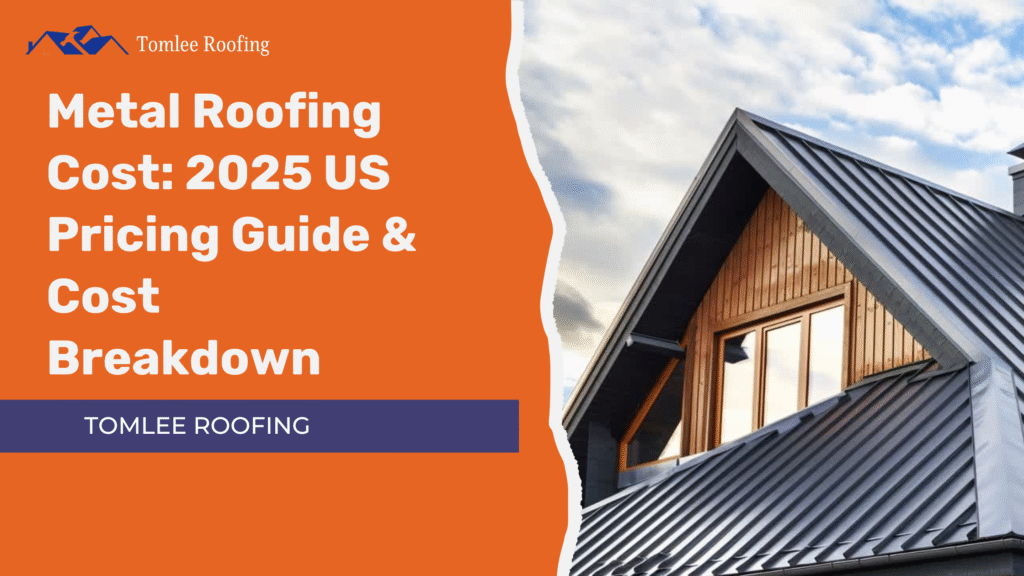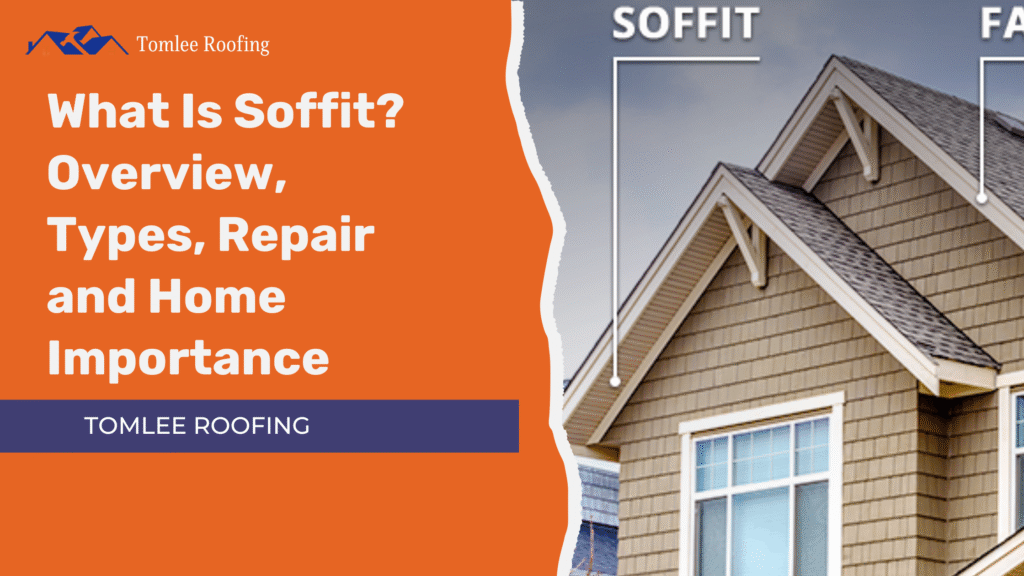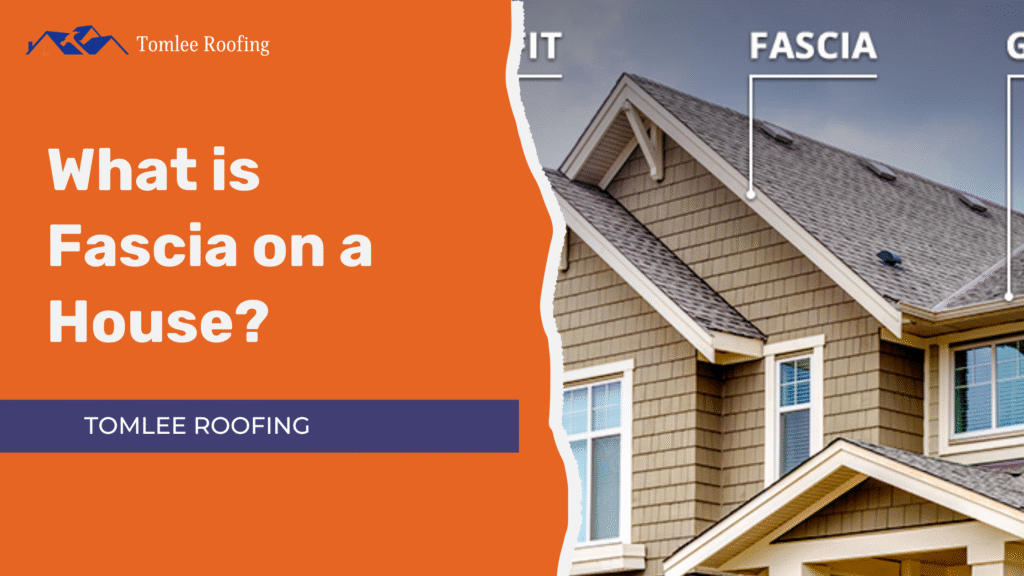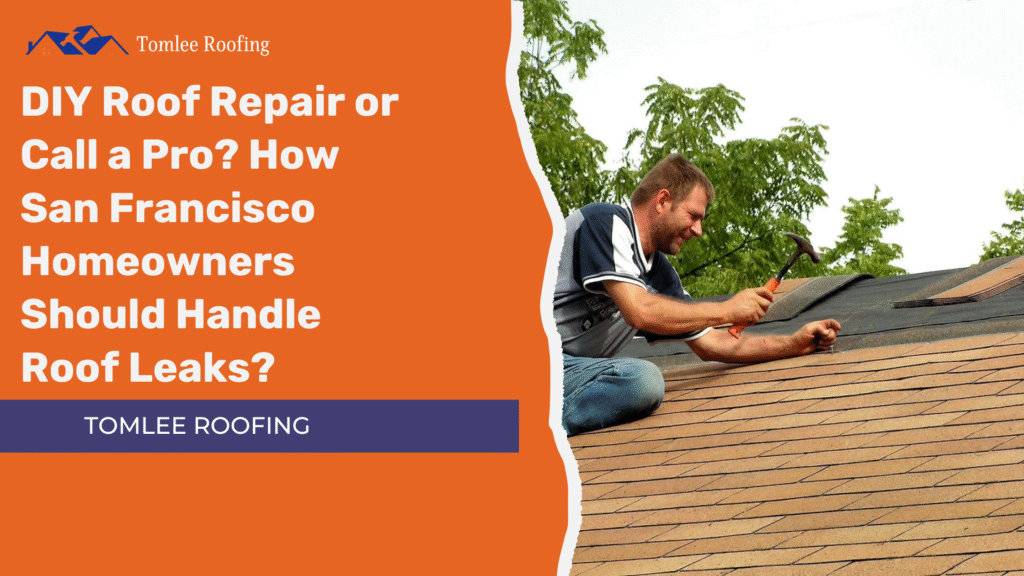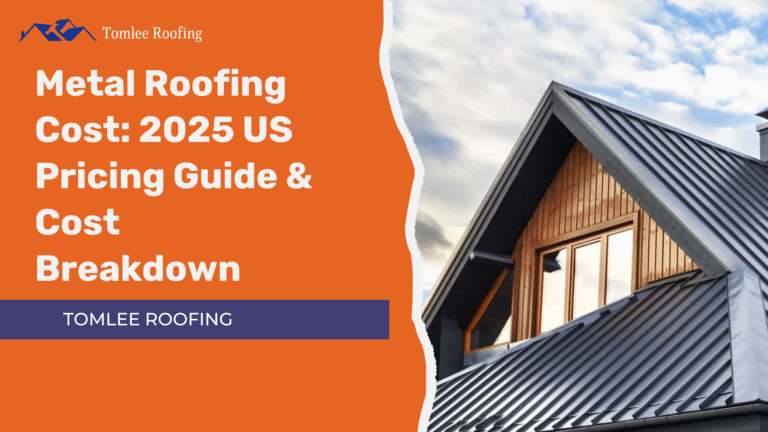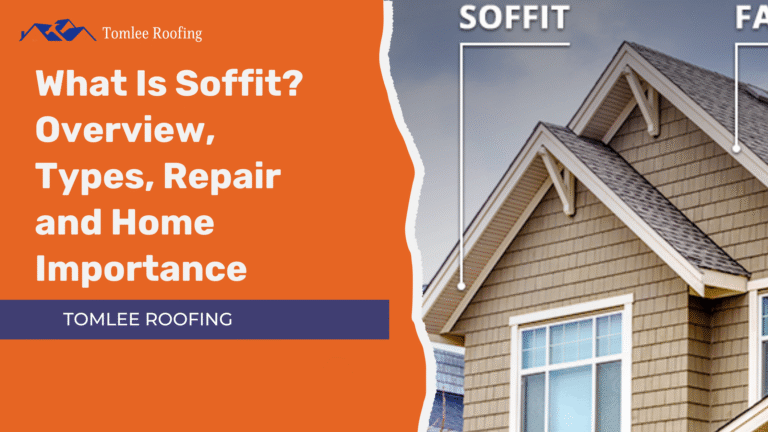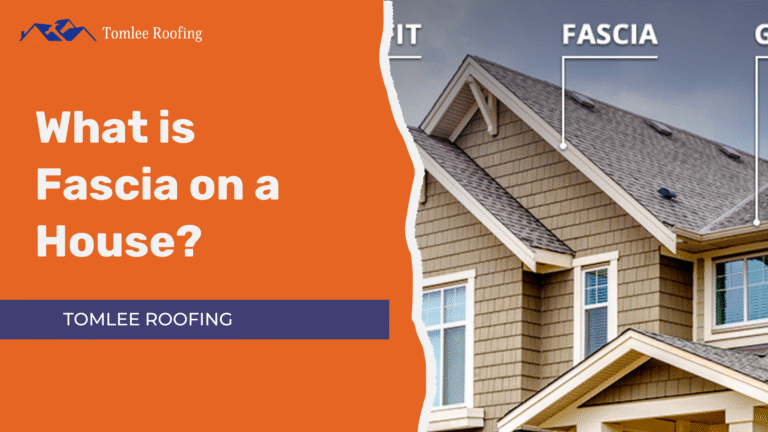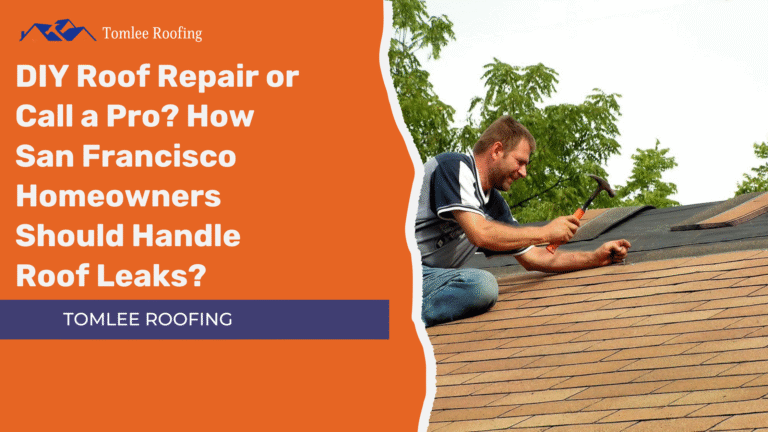Should I replace the roof before it starts leaking?
Yes. Even without leaks, signs like cracked or curling shingles, sagging rooflines, granules in gutters, or a roof over 20 years old mean replacement may be needed. Acting early prevents hidden damage, costly repairs, and increases home value.
It might seem pointless to replace your roof if it appears to be in good condition and isn’t leaking.
But if you’re asking yourself, “Should I replace the roof before it starts leaking?”, the reality is that waiting could cost you more in the long run.
Roofs don’t show their age on the surface, and your roof is still vulnerable even if there isn’t any water entering your home.
In this blog, we’ll explain why, even if your roof looks fine, you might want to consider proactive replacement.
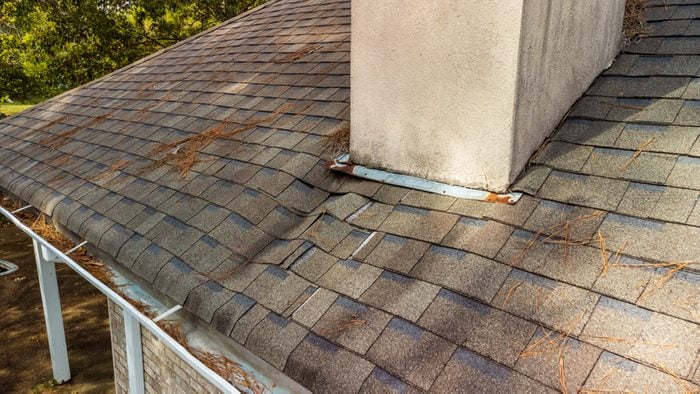
Should I Replace the Roof Before It Starts Leaking? The Misconception About Waiting for a Leak
The majority of homeowners believe that a roof should only be repaired when it begins to leak. But rather than being the first sign of roof breakdown, a leak is frequently the last stage.
By the time water enters your house, the damage underneath, such as rotten insulation or decking, is probably already severe.
Prevent concealed issues from becoming major concerns by practising proactive roof maintenance.
Extend Your Roof’s Life with Expert Help
Need honest advice about your roof’s condition? Our local experts will evaluate it and help you decide whether it needs repair, replacement, or just maintenance.
6 Silent Signs Your Roof Might Be Ready for Replacement
Even without a leak, your roof might be telling you it’s time. Look out for:
1. It’s Over 20 Years Old
Roofs using asphalt shingles typically last 20 to 25 years. Even in the absence of obvious damage, a replacement can be imminent if your roof is getting close to or past that point. This Old House
2. Shingles Are Cracking, curling, or missing altogether
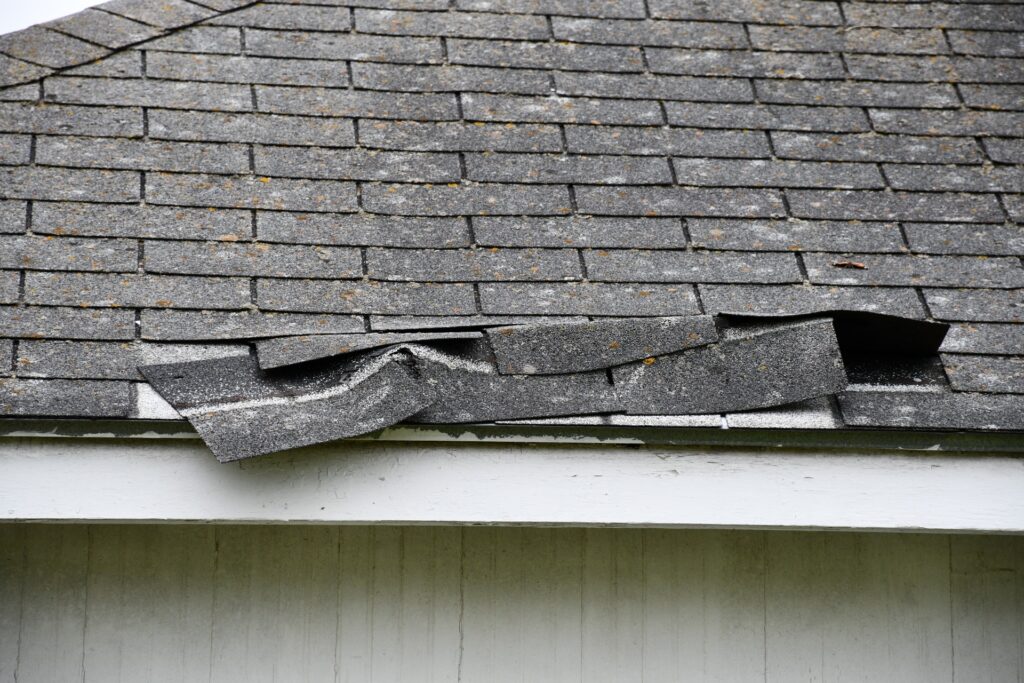
Warped, cracked, or buckling shingles can’t protect your home properly. Missing shingles are more obvious and easier.
In this situation, the number of shingles ripped off and their availability determine whether or not you get a new roof. These weak spots allow water, wind, and UV rays to come in slowly.
3. Granules in the Gutters
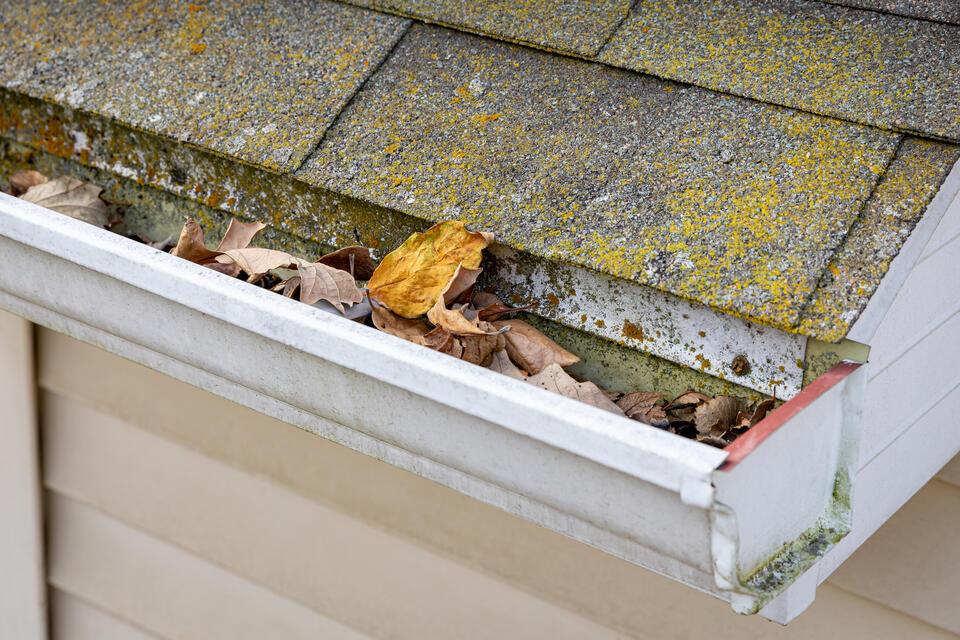
Those tiny black or grey granules are used for fire resistance, colour, and UV ray protection. If you find them in your gutters, it means your shingles are breaking down, and it’s time to replace your roof.
4. Sunlight in the Attic:
Can you see daylight peeking through the roof boards?
That’s a clear sign of gaps, holes, or thinning materials that leak or not.
5. Sagging Rooflines:
A drooping roof could indicate moisture buildup, weakened decking, or even structural rot. It’s one of the most urgent signs.
6. Moss, Algae, or Mould Growth
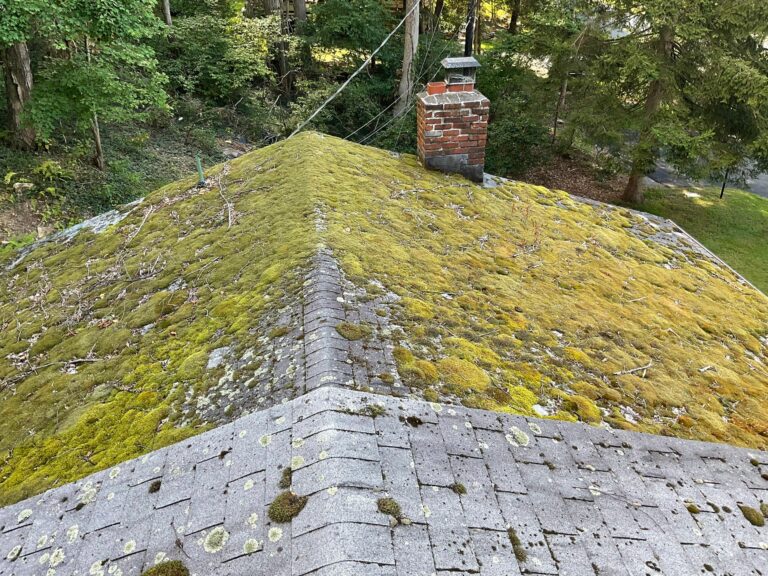
Moss and algae trap moisture, which wears down your roof faster. Mould could also be growing underneath, silently damaging your attic and insulation.
PRO TIP
Moss and Algae may look harmless, but they can quickly lead to water damage and reduced roof lifespan. Use zinc and copper strips along with gentle cleaning to prevent the regrowth of moss and algae.
The Real Cost of Waiting for a Leak
Delaying a roof replacement because there isn’t a leak can result in:
- Water-stained ceilings and walls
- Problems with mould and mildew
- High energy cost and soaked insulation
- Emergency repairs that cost far more than expected.
- Denial of the insurance claim because of negligence
Although it may seem like you’re saving money by delaying, doing so frequently results in higher costs and greater harm down the road.
Why Proactive Replacement Pays Off
There are several advantages to replacing your roof before a leak occurs:
1. Peace of Mind:
Don’t take stress during heavy rain or storms; you know your roof can handle it.
2. Boost in Home Value:
A new roof is one of the greatest ways to increase resale value and curb appeal.
3. Better Energy Efficiency:
Modern roofing materials are made to save utility costs by keeping your house warmer in the winter and cooler in the summer.
4. Full Warranty Coverage:
Most manufacturers offer better warranties when a roof is replaced proactively rather than in an emergency.
PRO TIP
If you replace your roof when it hasn’t reached the end of its life, it increases the home value and curb appeal when selling a home. The roof is a pain point for potential home buyers.
Conclusion: Should I Replace the Roof Before it Starts Leaking?
If your roof is old, damaged, or showing warning signs, yes, replacing it now can save you a lot of money and stress later.
Replacing your roof before it breaks is a wise, protective decision for your house and family, much like changing your car’s tires before they get bald.
Get Your Roof Inspected Now!
Even if your roof isn’t leaking, do you think there’s time for a replacement? Don’t wait for water damage to dictate your choice.
FAQs (Frequently Asked Questions)
Q1: How do I know when my roof needs to be replaced if it’s not leaking?
Even without a leak, signs like cracked or curled shingles, missing granules, sagging areas, or a roof older than 20 years often indicate the need for replacement. A professional inspection is the best way to be sure.
Q2: Can I just repair part of my roof instead of replacing the whole thing?
In some cases, yes. If the damage is minor and the roof is fairly new, a repair might be enough. However, for older roofs or widespread issues, replacement is usually more cost-effective and long-lasting.
Q3: Will replacing my roof increase my home’s value?
Absolutely. A new roof boosts curb appeal, improves energy efficiency, and makes your home more attractive to buyers. It’s considered one of the top home upgrades in terms of ROI.
Q4: How often should I get my roof inspected?
Experts recommend inspecting your roof at least once every 1–2 years and after any major weather event. Regular inspections can catch problems early and help extend your roof’s life.
Q5: What’s the average lifespan of a roof?
It depends on the material:
- Asphalt shingles: 20–25 years
- Metal roofing: 40–70 years
- Tile or slate roofs: 50+ years
If your roof is nearing its lifespan, replacement is a smart move even if it’s not leaking yet.
Q6: How much does it cost to replace a roof?
Costs vary depending on your location, materials, and roof size. On average, roof replacements cost between $7,000 and $15,000. Investing early can prevent damage that might double those costs.

